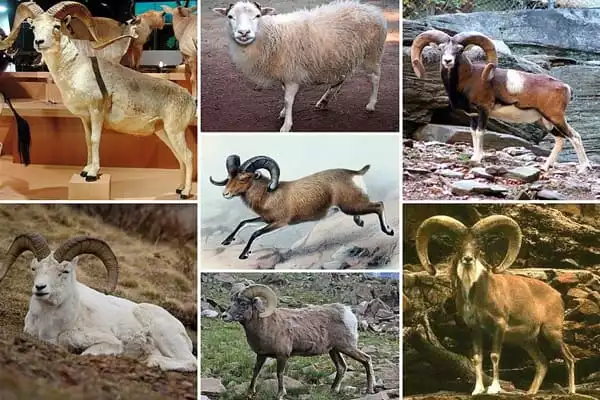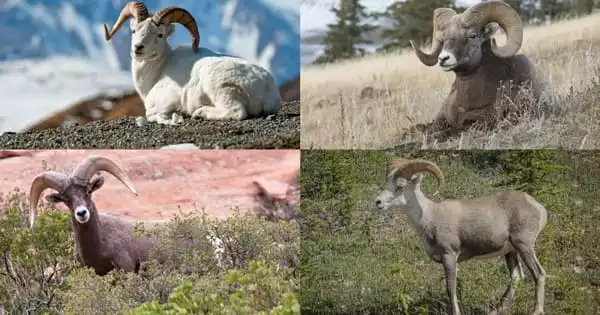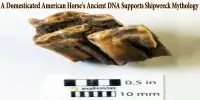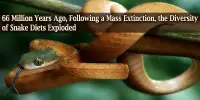The theory of evolution by natural selection explains how species change over time. That species evolution had been proposed and debated long before Darwin. The belief that species were static and unchanging was founded on Plato’s writings, but there were other ancient Greeks who expressed evolutionary ideas. The theory of evolution is one of the greatest intellectual revolutions in human history, dramatically altering our understanding of the world and our place in it.
Wild populations must adapt to environmental changes on a continuous basis or risk extinction. Scientists have been describing instances of “rapid evolution” in specific populations for more than fifty years, as their traits (phenotypes) change in response to varying stressors. For example, Spanish clover has developed a tolerance for copper from the mine tailings in which it grows, and trophy hunting has reduced the horn size of Alberta bighorn sheep. But, until now, no overarching conclusions have been reached about how various factors (such as harvesting, climate change, invasive species, or pollution) shape this rapid (now dubbed “contemporary”) evolution.
Building on previous research, a team led by McGill University has created a massive new dataset containing nearly 7,000 examples of changing traits in various populations around the world, ranging from house sparrows and gray wolves to freshwater snails and Canadian goldenrod. The dataset is 80 percent larger than any previously available and documents trait changes caused by a combination of evolution and immediate (plastic) responses to the environment.
We discovered a small but significant difference in rates of change between human disturbed and natural populations. Moreover, the most rapid rates of change are almost always associated with intense human disturbance.
Kiyoko Gotanda
Human disturbances affect evolution
“We’ve come a long way from the old view of evolution as a slow process to the point where we’re now realizing that everything is evolving all around us all the time,” says Andrew Hendry, a Professor of Biology at McGill’s Redpath Museum and a co-senior author on the paper published recently in Molecular Ecology.
The researchers were particularly interested in how different types of human disturbance influence trait changes. “We discovered a small but significant difference in rates of change between human disturbed and natural populations,” says Kiyoko Gotanda, co-senior author and Assistant Professor of Biological Sciences at Brock University, where the data is stored. “Moreover, the most rapid rates of change are almost always associated with intense human disturbance,” Hendry adds.

Pollution has a significant impact on evolution
Analyses of the expanded dataset confirm that human harvesting causes higher rates of change than non-human disturbances, and that introduced populations cause higher rates of change. Interestingly, the researchers discovered that pollution was responsible for the fastest rate of phenotypic change, with zinc tolerance in tufted hair grass, for example, increasing by 80 percent over 26 years. They also suggest that determining what constitutes a “natural habitat” is becoming more difficult, as climate change is likely to affect the majority of populations.
“The critical next question is how this recent change affects populations, communities, and ecosystems, as well as nature’s contribution to people,” says first author Sarah Sanderson, a Ph.D. candidate in Biology at McGill. “For example, we know that salmon have been shrinking over the last century. This reduction in body size of such an important fish has far-reaching consequences: birds, bears, and fish now have less to eat, Indigenous people must catch more fish per meal, and the payoff for commercial fishers is lower.”
“Similar effects must surely accompany many of the other trait changes observed in countless organisms around the world,” Hendry continues.
Evolutionary psychology is a social and natural science theoretical approach that examines psychological structure from a modern evolutionary perspective. It aims to determine which human psychological traits are evolved adaptations – that is, the functional products of natural or sexual selection in human evolution. In evolutionary biology, adaptationist thinking about physiological mechanisms such as the heart, lungs, and immune system is common.
















